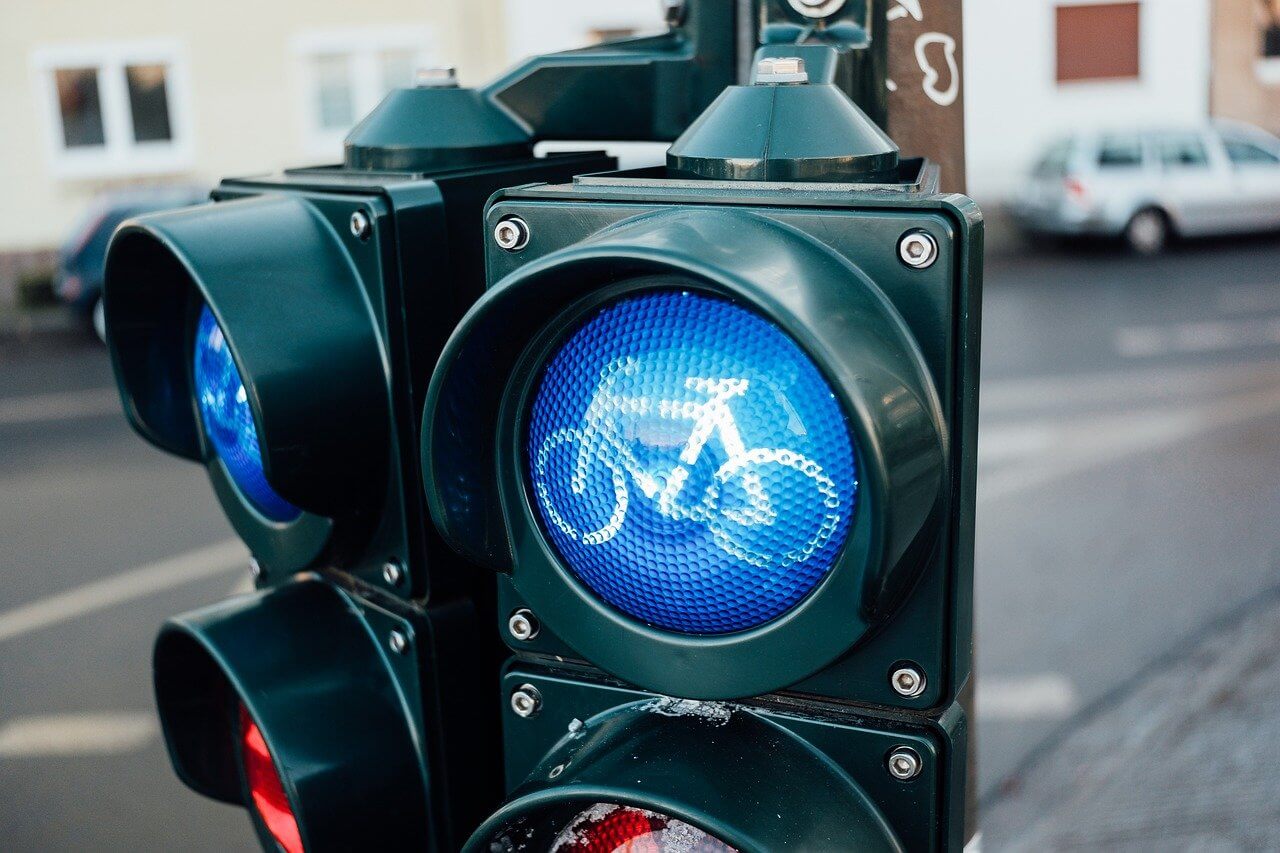Traffic signs are crucial elements of road safety, providing clear and immediate information to drivers, pedestrians, and cyclists. These signs are standardized worldwide for consistency and visibility, and their design incorporates specific colors with defined meanings. Understanding how many colors used in traffic signs is not just an academic question—it’s essential for urban planning, driver education, transport infrastructure, and public safety awareness.
The Core Colors Used in Traffic Signs
There are standard colors that are universally used across traffic signs to convey specific messages and functions. According to regulatory standards such as those from the Manual on Uniform Traffic Control Devices (MUTCD) in the United States and Vienna Convention on Road Signs and Signals, the main colors used in traffic signs include:
1. Red
Red is used to indicate prohibition, warning, and immediate attention. It is one of the most dominant colors on traffic signs because of its visibility and psychological impact.
- Examples: Stop signs, yield signs, no entry, do not turn, no parking.
- Message: Danger, prohibition, mandatory stop.
2. Yellow
Yellow is primarily used for warning signs and to indicate caution. It grabs attention and is easy to distinguish in various weather conditions.
- Examples: Curve ahead, pedestrian crossing, merging traffic.
- Message: General warnings and upcoming hazards.
3. Green
Green is associated with directional information and permitted movements. It is heavily used in guide signs to indicate distance, direction, or exits.
- Examples: Highway direction signs, street name signs, exit signs.
- Message: Guidance, direction, allowed actions.
4. Blue
Blue is reserved for services and informational signage. It provides directions to rest areas, hospitals, gas stations, and lodging.
- Examples: Rest area signs, handicap parking, emergency services.
- Message: Services available, motorist assistance.
5. White
White is commonly used in regulatory signs, such as speed limits or lane rules. When combined with black text or borders, it delivers clear instructions.
- Examples: Speed limit signs, turn only, no U-turn.
- Message: Regulation, instruction, law.
6. Black
Black is typically used for text and symbol contrast on white or yellow backgrounds. It ensures readability and enhances visibility.
- Examples: Speed limits, route numbers.
- Message: Contrast for clarity, regulatory text.
7. Orange
Orange is used in construction and temporary traffic control zones. It immediately communicates alertness and caution to drivers.
- Examples: Roadwork ahead, detour, flagger ahead.
- Message: Temporary caution, construction area.
8. Brown
Brown is used to indicate recreational or cultural interest areas. It helps guide travelers to parks, historic sites, and landmarks.
- Examples: National parks, hiking trails, scenic byways.
- Message: Tourist information, points of interest.
Specialized and Reflective Colors Used in Traffic Signs
In addition to the core eight colors, there are specialized shades and reflective variants used for increased visibility during nighttime or adverse conditions:
Reflective White and Yellow
These colors are used with retroreflective materials that enhance visibility at night. Most modern road signs incorporate high-intensity reflective sheeting.
Fluorescent Yellow-Green
Used specifically for school zones, pedestrian crossings, and bike warning signs, this fluorescent color provides greater daytime visibility.
Fluorescent Orange

Enhanced version of standard orange, used in high-risk work zones to further grab attention under varied lighting conditions.
Color Psychology and Visibility in Traffic Sign Design
Color selection in traffic signs isn’t arbitrary. It is backed by color psychology and human visual perception:
- Red increases heart rate and awareness, ideal for alerts.
- Yellow captures attention with its brightness and contrast.
- Green represents calm and reassurance, perfect for navigation.
- Blue suggests help and support, ideal for service directions.
Colors Used in Traffic signs are also designed to be color-blind friendly, utilizing shapes and symbols alongside colors to ensure universal understanding.
Why Standardized Colors Matter in Road Safety
Color standardization ensures that drivers, regardless of their location, respond consistently to signage. This reduces confusion, minimizes accidents, and improves traffic flow efficiency. It’s particularly critical for:
- Tourists driving in foreign countries
- New drivers
- Autonomous vehicle systems
- Emergency responders
How Many Colors Are Used to Produce Traffic Signs in Total?
When combining the main functional colors, reflective enhancements, and fluorescent variations, the total number of colors used in traffic signs can be estimated at approximately 10 to 12 distinct types. However, only about 8 core colors dominate global usage standards.
Here’s a summary:
| Color | Primary Use | Type |
|---|---|---|
| Red | Prohibition, alert | Core |
| Yellow | Warning | Core |
| Green | Directional guidance | Core |
| Blue | Services and information | Core |
| White | Regulatory text/background | Core |
| Black | Text and contrast | Core |
| Orange | Temporary, construction | Core |
| Brown | Recreation, landmarks | Core |
| Fluorescent Yellow-Green | School zones, crossings | Enhanced |
| Fluorescent Orange | High-alert construction zones | Enhanced |
| Reflective Variants | Nighttime visibility | Specialized |
Frequently Searched Related Queries (LSI Keywords)
To ensure relevance and SEO optimization, we’ve incorporated related search terms such as:
- “What do traffic sign colors mean?”
- “Standard traffic sign colors”
- “Colors of road signs and their meanings”
- “Regulatory vs warning sign colors”
- “Color-coded road signs explained”
- “How many colors are there in traffic signs?”
These help align with user intent, enhancing the likelihood of search engine ranking.
Conclusion
In conclusion, colors used in traffic signs defined set of 8 core colors, with additional fluorescent and reflective variants used for enhanced safety and visibility. Each color serves a specific function, playing a critical role in guiding, warning, and informing road users. Understanding these colors isn’t just for drivers—it supports a safer, more efficient transport system for everyone.

